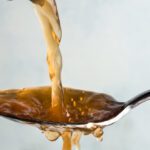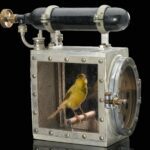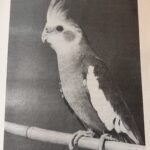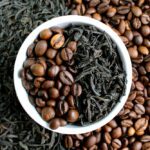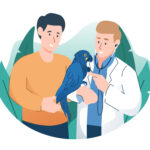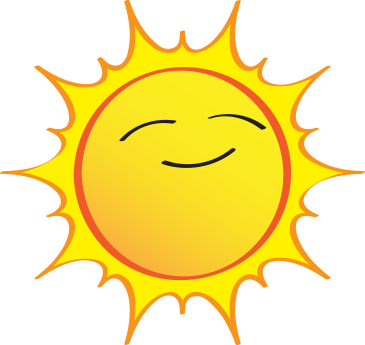
Sources of Vitamin D
Just like humans, parrots can become deficient in Vitamin D and suffer health consequences such as low calcium (hypocalcemia).
Hypocalcaemia is low calcium levels in the blood serum […] symptoms may include numbness, muscle spasms, seizures, confusion, or cardiac arrest […] Common causes include hypoparathyroidism and vitamin D deficiency.
Hypocalcemia—Wikipedia
The following are common dietary sources of Vitamin D.
Animal products
Vitamin D—Wikipedia
Egg yolks
Alfalfa
Seaweed
Mushrooms
Alfalfa—Wikipedia
Seaweed Nutrition and Health Benefits—UC Berkeley Wellness
While the typical parrot diet consists of none of these, except egg yolks in some cases, which I will cover in a future article.
“The most important components of most parrots’ diets are seeds, nuts, fruit, buds, and other plant material. A few species sometimes eat animals and carrion, while the lories and lorikeets are specialised for feeding on floral nectar and soft fruits.”
Parrot—Wikipedia
This leaves a few options:
- Sunlight (or equivalent)
- Processed food (pellets) that contains artificial Vitamin D
- Getting your bird to eat mushrooms, alfalfa, or seaweed (!)
The processed food route is undoubtedly the easiest, but beware that hypervitaminosis (overdose) can occur.
One can easily oversupplement a bird’s diet because most commercial diets contain abundant vitamin D3
Calcium and Vitamin D3 Toxicity—Clinical Biochemistry of Domestic Animals (Sixth Edition)—2008—J.T. Lumeij
Worth mentioning is a relatively unprocessed product called TOP’s Parrot Food that contains both alfalfa and seaweed.
For sunlight, you can either roll a cage outside, put your bird in a harness or backpack, or move their cage next to an open window with line of site to the sun. I will cover much more about UV in future postings, so for now, take my word that the window must be open. 🙂
